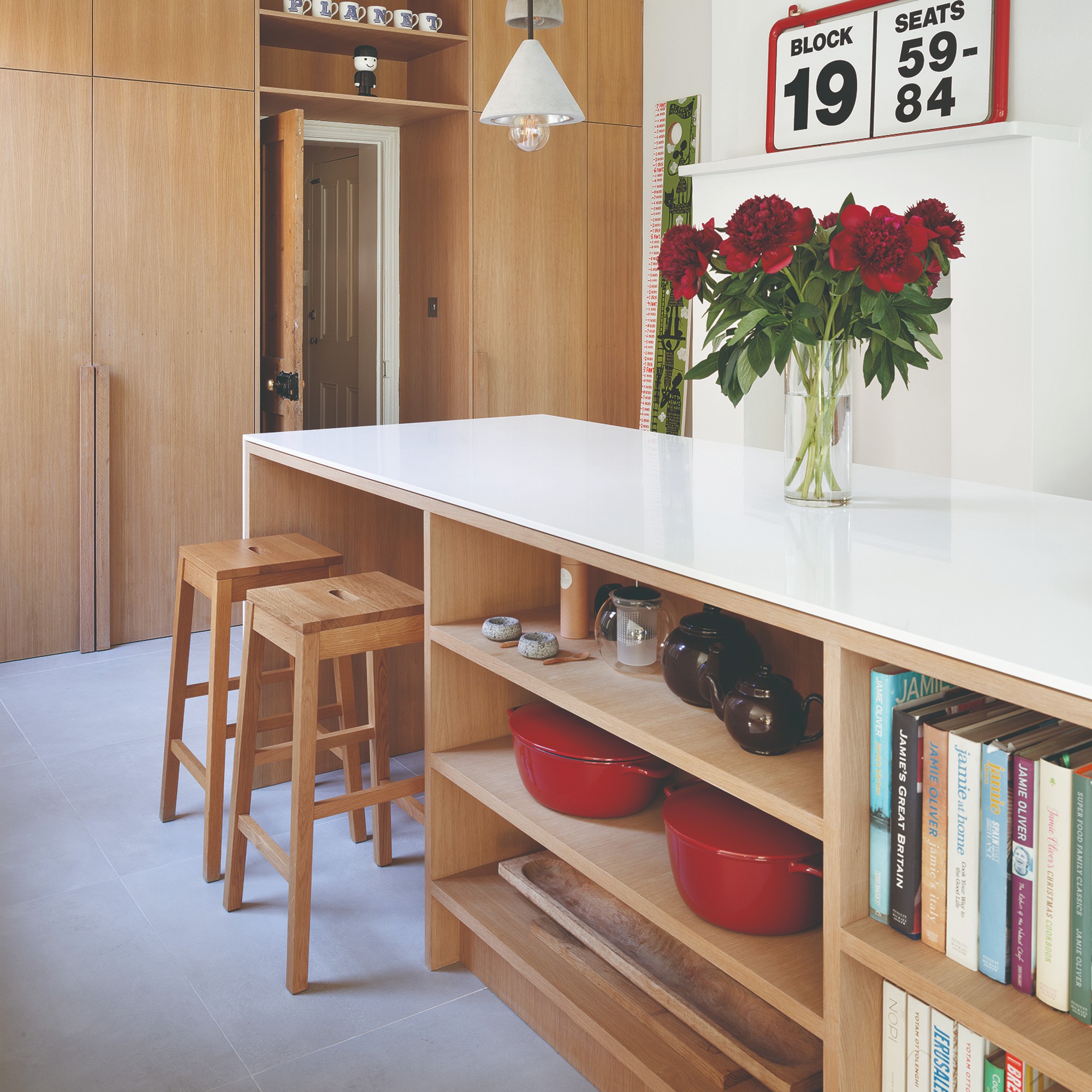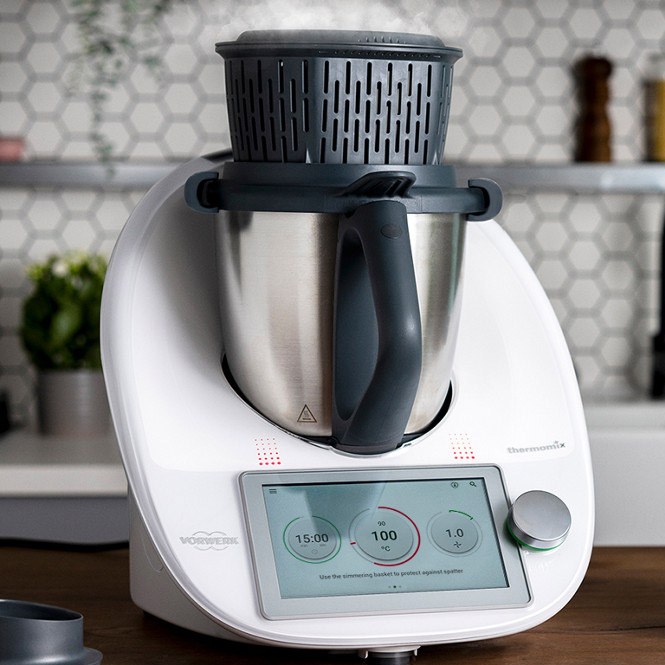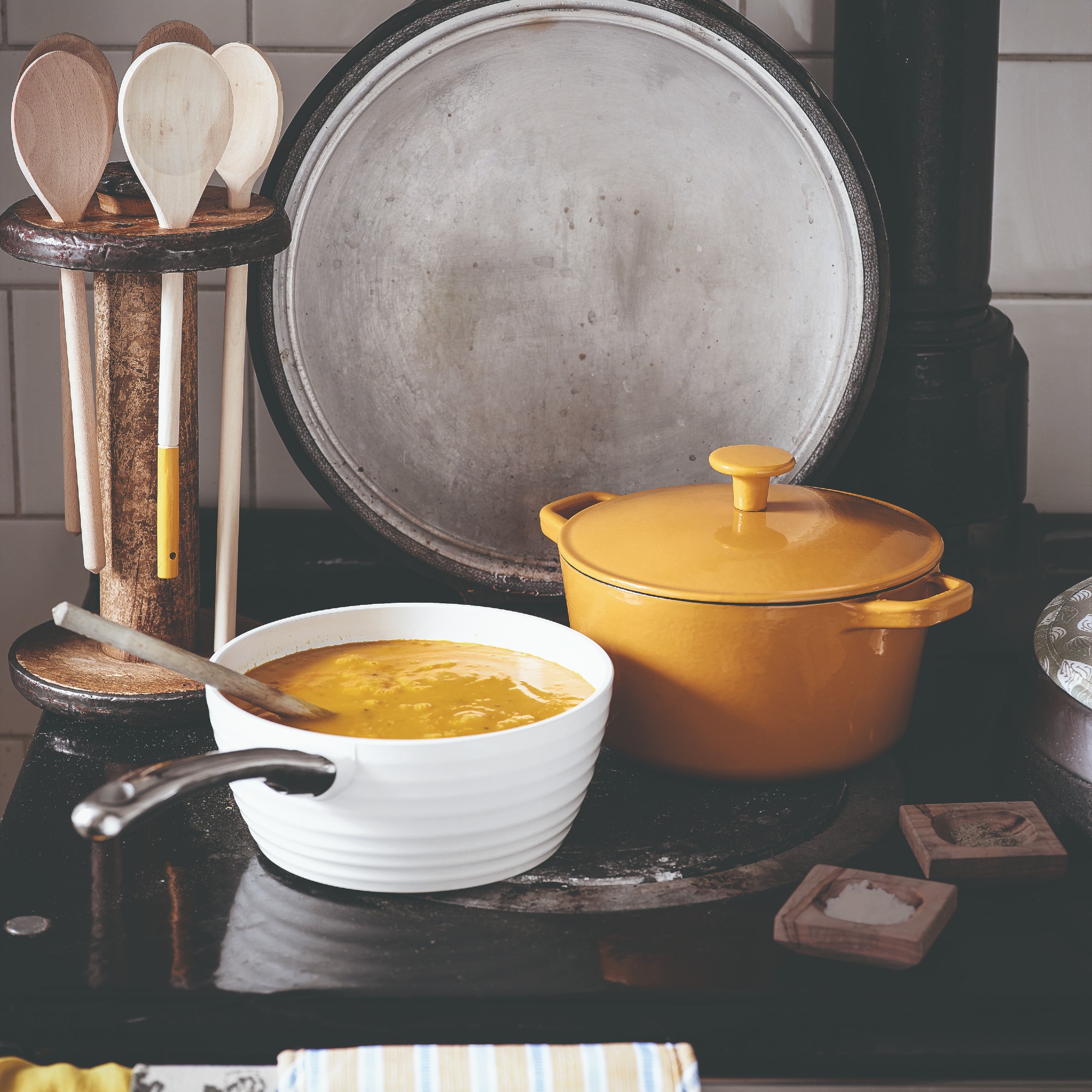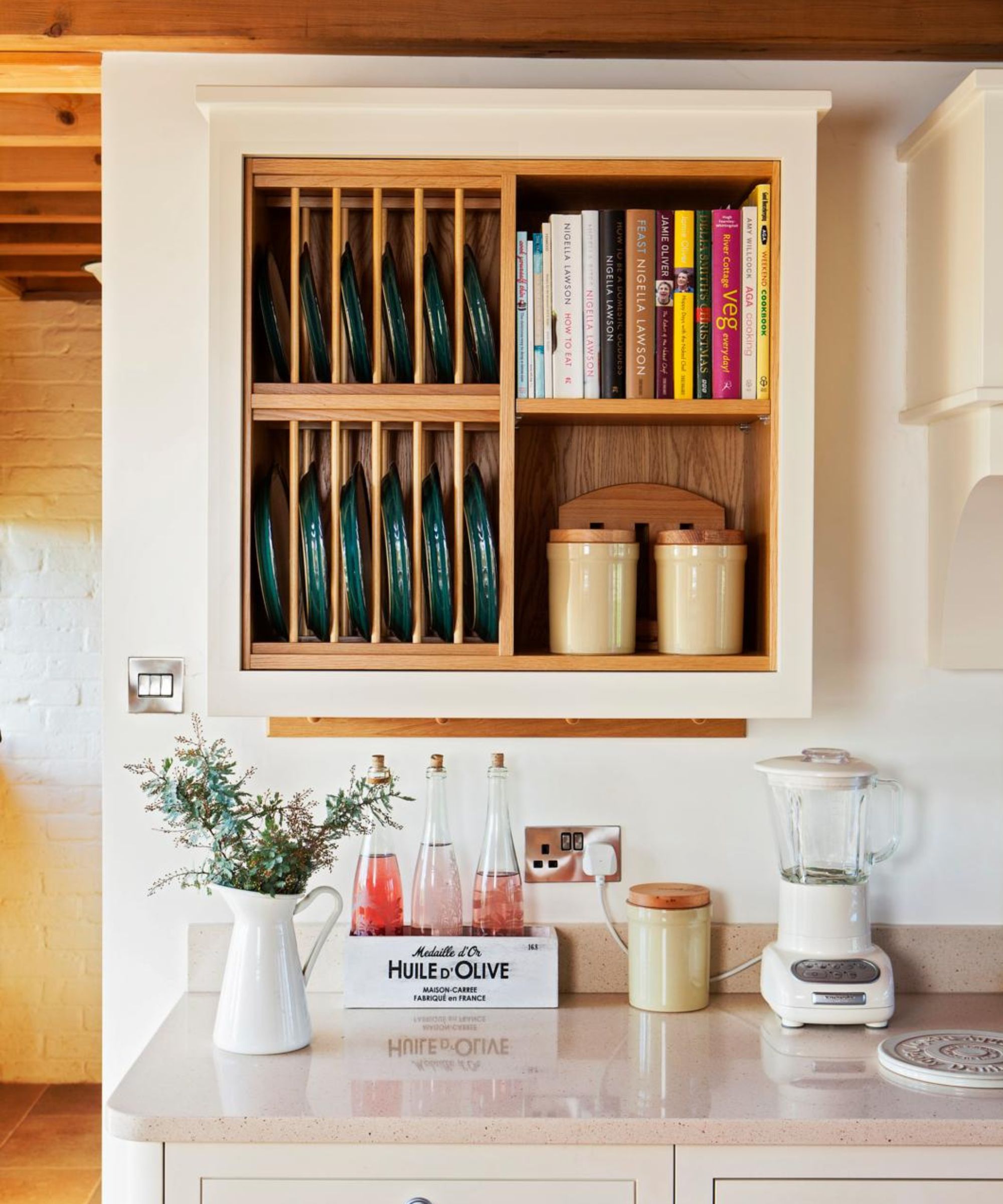
Recently, I asked a series of professional chefs about their desert island appliances. If they could only use 3 products, which would they choose?
The result was pretty much unanimous. According to chefs, a Thermomix would absolutely make the cut. My next question was an obvious one. What actually is a Thermomix, and which appliances can it stand in for? Well, wave goodbye to the best blenders and find out, with this investigation into the appliance that chefs favour above all others.
A Thermomix might be one of the most pricey kitchen investments out there, and for many, something that only a professional kitchen budget will cover. We did a deep dive to see if it's worth the hype, and to see what kind of more affordable alternatives you might be able to put in its place.
What is a Thermomix?
Invented in 1971, a Thermomix is many different appliances rolled into one. Produced by the German company Vowerk, it can chop like a food processor, blend, combine like a stand mixer and double up as a scale. But, and here's the clincher, more than just being an advanced 2-in-1 processor blender, it also has a heat element, which according to professionals, is the true gamechanger.
This element in the Thermomix allows you to cook food at temperatures of up to 120°C within the appliances bowl. Certain Thermomixes, like the TM6, also have touch screens, allowing to pick dedicated guided recipe functions.

All in all, these are all of the listed functions of one Thermomix product, the Thermomix TM6: Grating, slicing, peeling, scales, sensor, chop, dough, blend, egg boiler, kettle, warm up, thicken, rice cooker, fermentation, slow cook, sous vide and peeler. That's a lot. The kicker is, access to all of those functions will set you back £1,279, with the TM6 available from the Thermomix website - you don't need me to tell you that is an almighty fee.
Nevertheless, Thermomix has a legion of loyal pro chef fans.
Dylan James, Head Chef at Cambium Restaurant at Careys Manor Hotel & SenSpa says 'I have worked with Thermomix a lot in my career. It can blend, it can be a mixer for baking, you can cook in a Thermomix such as making a risotto, you can even weigh ingredients straight into it, so it is a very useful appliance.'

He's not alone in his praise for Thermomix. Chef Miles from Rhubarb Hospitality Collection adds 'We primarily use Thermomix blenders in the Rhubarb Hospitality Collection kitchens. In my opinion, cheaper products don’t stand up to the demands of a professional kitchen, both in terms of frequency of use and in the large quantities we’re making when catering for events.'
Lisa Goodwin-Allen, executive chef at Northcote is another high-profile fan of Thermomix. She echoes the idea that the heated element makes a Thermomix a cut above the rest.
'I think the Thermomix is a really good, robust piece of machinery. It produces great products, whether that’s something like a puree or a sorbet, or we even make custards in it. It's a great consistent machine for us; it gets things really fine and silky smooth.'
Lisa continues 'The brilliant thing about it is that it has a temperature gauge, so it goes up to around 120° and that means you can actually cook in it as well as mixing. So, you can make custards, you can make curds, you can make endless amounts of things in there and you have control of the temperature on it, so you can be very precise.'

For professional chefs with a professional kitchen sized budget then, it's obvious that a Thermomix is an unrivalled choice. But that same rule won't necessarily apply to everyone, with the question really being, do you actually need a professional grade appliance in your home?
Opinions are mixed. Many of those that have tried a Thermomix, such as Lisa Goodwin-Allen, executive chef at Northcote are insistent that one of these appliances can work well in a home. 'If you delve more into the Thermomix, it has different blades, so you can make doughs and bread,' says Lisa. 'We don’t do that in the professional kitchen, but for somebody at home it would be a great appliance to do that. There is also a setting that allows you to steam vegetables on the top of it, so it’s a very handy machine to have around. It’s definitely something that’s worth investing in, even in a domestic kitchen.'
In that case, it's true that even getting hold of a second hand model to make a Thermomix more affordable could be a very worthwhile venture, and will help you to cook more at home, as well as to add a healthier element into your diet.
But as with everything, certain kitchen appliances are only worth it if you'll actually use them. If you're on the fence about whether you'd really use a Thermomix, these alternatives might help you to make your mind up.
Alternatives to a Thermomix
If a Thermomix sounds like your dream appliance, but you don't quite have the budget to stretch to one (which is quite frankly startlingly understandable), these alternatives might be just what you're looking for.
This is still a pricey all-in-one kitchen gadget, at over £1000, but it's certainly got high functionality. Our reviewer became pretty attached to it when she tested it in our Magimix Cook Expert review.
If you already have a blender or food processor for chopping, then you might be more swayed by an appliance that can help with the businness of cooking. As we covered in our review, the Ninja Speedi can perform two distinct cooking functions at once, like air frying and steaming, giving it a huge amount of versatility for a not too big price tag.
Alternatviely, if the thing that interests you most about a Thermomix is the slicing and chopping ability, then this Sage product will impress you, with a price tag that's a lot less painful. In our review, we thought it was up to professional standards, with the functionality to slice, chop, shred and even knead, a bonus for bakers.
Now you know exactly what a Thermomix is all about, you can be on the lookout for one, or for an appliance just like it to help you with all of your cooking needs.







